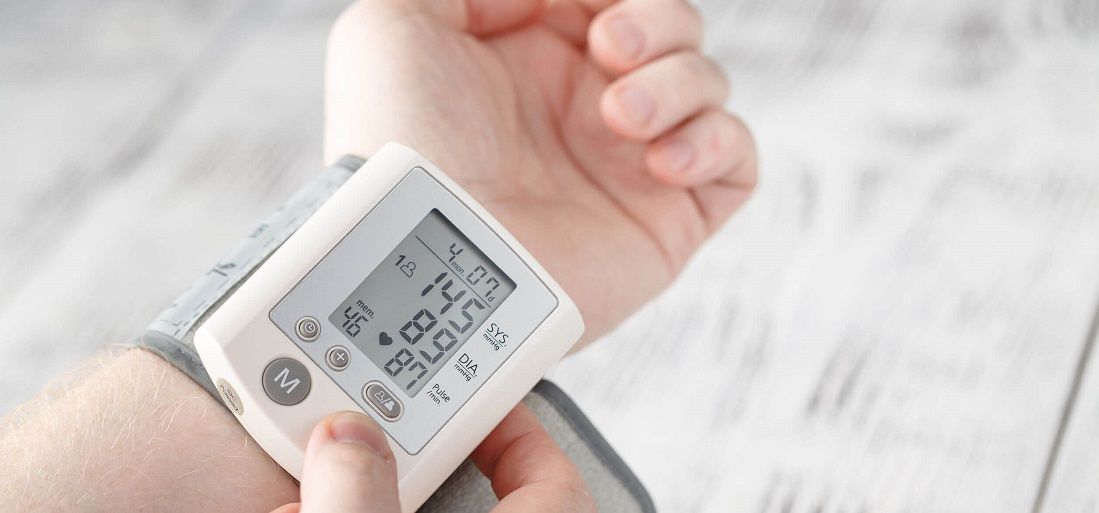- آتاماد
- Biodegradable packaging
Biodegradable packaging

- | user2 |
- Viewer: 1006
Biodegradable packaging, The current global consumption of plastics is more than 200 million tonnes, with an annual grow of approximately 5%,
which represents the largest field of application for crude oil. It emphasises howdependent the plastic industry is on oil and consequently how the increasing of crude oil and natural gas price can have an economical influence on the plastic market. (It is becoming increasingly important to utilize alternative raw materials. Until now petrochemical-based plastics such as polyethylene terephthalate (PET), polyvinylchloride (PVC), polyethylene (PE), polypropylene (PP), polystyrene (PS) and polyamide (PA) have been increasingly used as packaging materials because their large availability at relatively low cost and because their good mechanical performance such as tensile and tear strength, good barrier to oxygen, carbon dioxide, anhydride and aroma compound, heat sealability, and so on. But nowadays their use has to be restricted because they are not non-totally recyclable and/or biodegradable so they pose serious ecological problems. Plastic packaging materials are also often contaminated by foodstuff and biological substance, so recycling these material is impracticable and most of the times economically not convenient. As a consequence several thousands of tons of goods, made on plastic materials, are landfilled, increasing every year the problem of municipal waste disposal.
The growing environmental awareness imposes to packaging films and process both user-friendly and eco-friendly attributes. As a consequence biodegradability is not only a functional requirement but also an important environmental attribute. The compostability attribute is very important for biopolymer materials because while recycling is energy expensive, composting allows disposal of the packages in the soil.
By biological degradation it produced only water, carbon dioxide and inorganic compounds without toxic residues.
According to the European Bioplastics, biopolymers made with manufactures renewable resources have to be biodegradable and especially compostable, so they can act as fertilizers and soil conditioners. Whereas plastics based on renewable resources do not necessary have to be biodegradable or compostable, the second ones, the bioplastic materials, do not necessary have to be based on renewable materials because the biodegradability is directly correlated to the chemical structure of the materials rather than the origin. In particular, the type of chemical bond defines
whether and in which time the microbes can biodegrade the material. Several synthetic polymers are biodegradable and compostable such as starch, cellulose, lignin, which are naturally carbon-based polymers.
Biodegradable polymers applications in food packaging field
The field of application of biodegradable polymer in food-contact articles includes disposable cutlery, drinking cups, salad cups, plates, overwrap and lamination film,
straws, stirrers, lids and cups, plates and containers for food dispensed at delicatessen and fast-food establishments. In the last few years, polymers that can be obtained from renewable resources and that can be recycled and composted, have garnered increasing attention. Also their optical, physical and mechanical properties can be tailored through polymer architecture so as a consequence, biodegradable polymers can be compared to the other synthetic polymers used in fresh food packaging field, like the most common oriented polystyrene (OPS) and polyethylene terephthalate (PET).
Polymers used in making biodegradable packaging are classified into two groups:
1- Natural polymers (such as polysaccharides and proteins)
2- Polymer composites such as poly-caprolactone (PLA) and polylactic acid (PCL)
Combined polymers are divided into three categories according to the origin of their production:
1-Polymers produced from microorganisms
2- Polymers derived from biotechnology
3-Polymers produced from petroleum derivatives
By,
ATAMAD technical support sector
Refrence:
Siracusa V. ,Rocculi P., Romani S., and Rosa M (2008). Biodegradable Polymers for food Packaging: a review.Food Science & Technology 19: 634-643. https://doi.org/10.1016/j.tifs.2008.07.003
Kumar P., Sandeep K.P., Alavi S.,Truong V.D., Gorga G.E. (2010). Preparation and characterization of bio-nanocomposite films based on soy protein isolate and montmorillonite using melt extrusion. Journal of Food Engineering 100: 480–489. https://doi.org/10.1016/j.jfoodeng.2010.04.035
GET IN TOUCH
Copyright © 2023 Atamad.com All right reserved
Website design and SEO services by Seohama team – Web hosting by Sarverhama
Copyright © 2023 Atamad.com All right reserved
Website design and SEO services by Seohama team – Web hosting by Sarverhama







